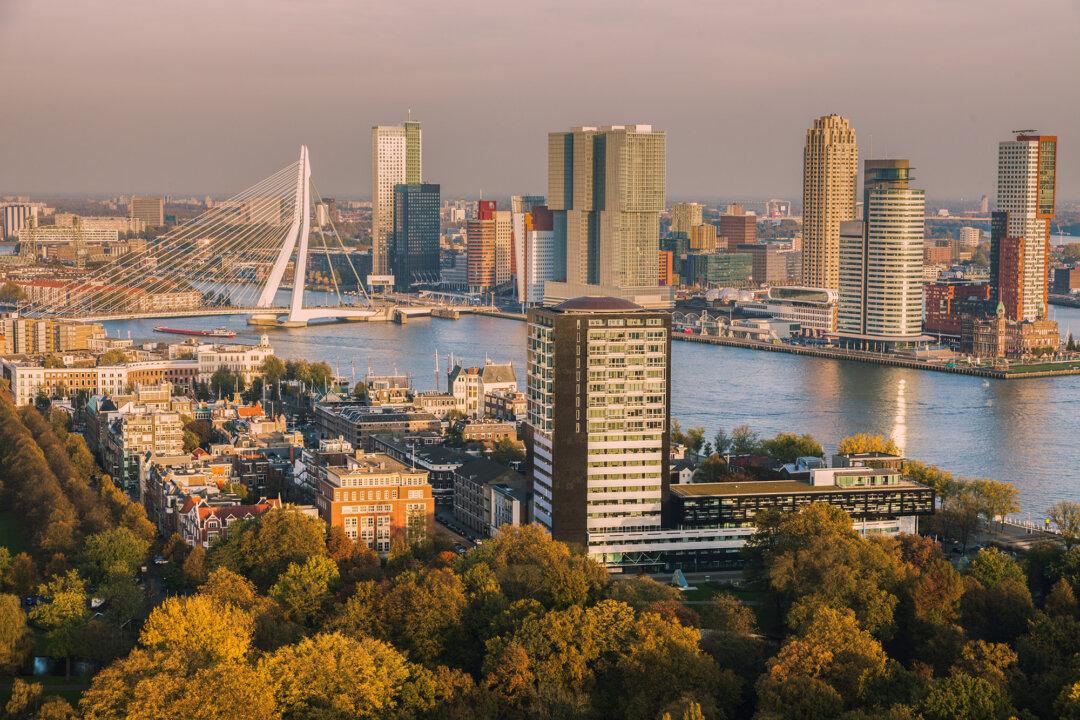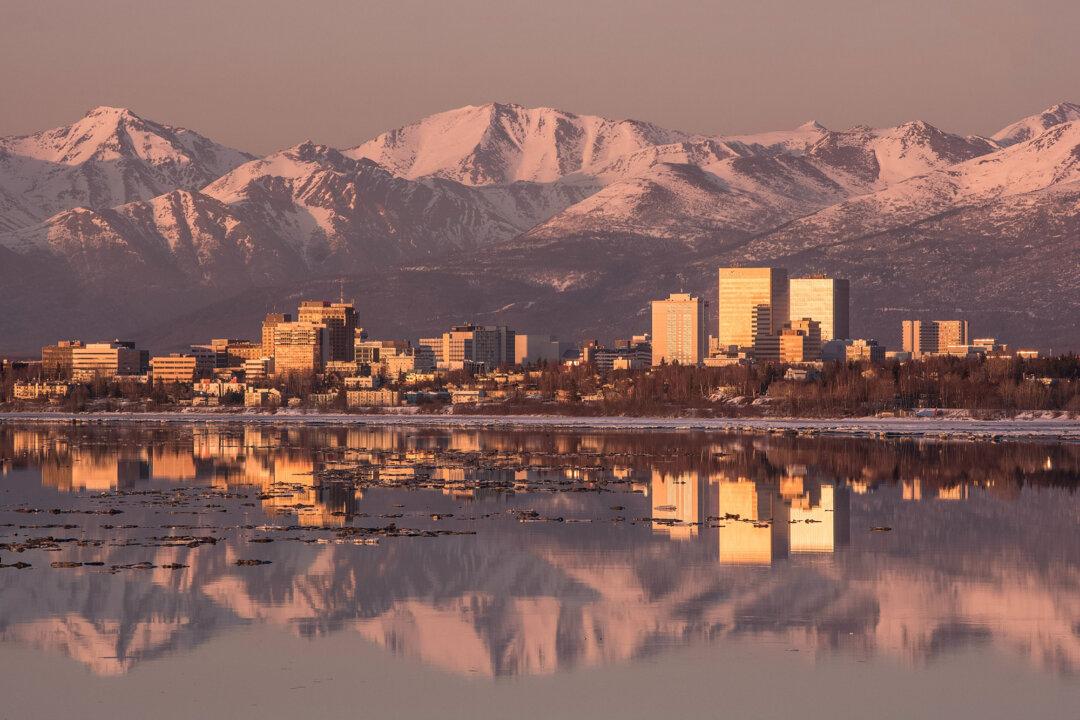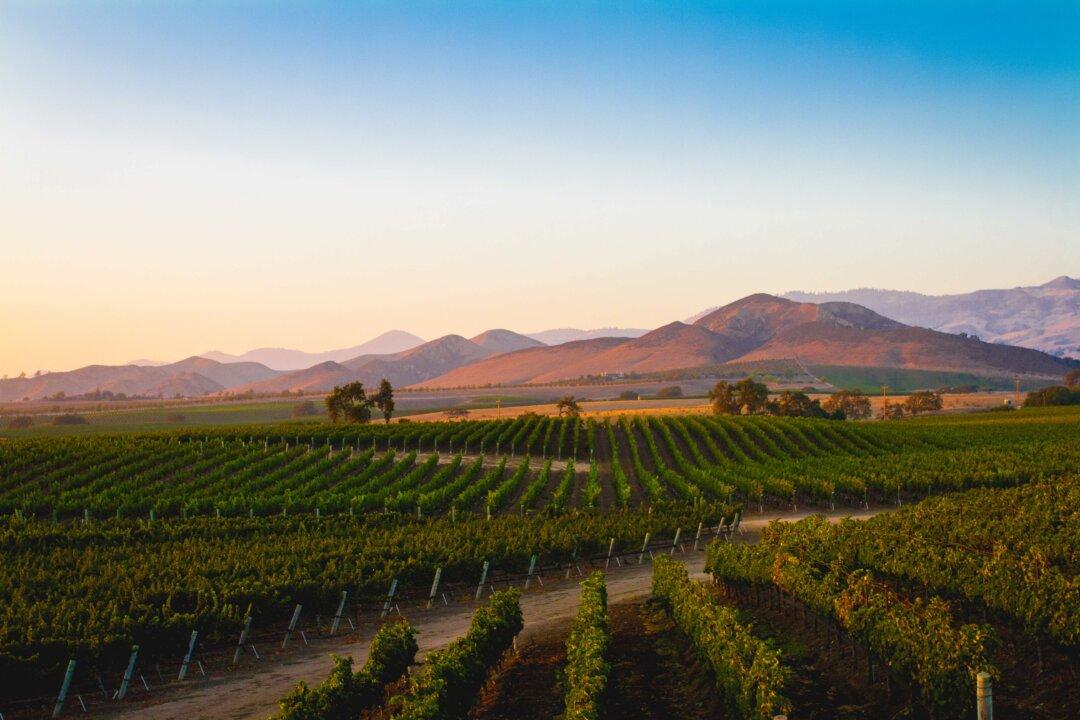The waters were unusually calm, the last rays of an equatorial sun just starting to heat up the surface of a loping Pacific swell. The broad rollers transformed, changing from a deep blue to warm tones of orange and red. The cushy couches on the stern’s upper deck slowly filled, with everyone showered, changed, and ready for a pre-dinner happy hour.
Here, a snatch of conversation about a close encounter with some sharks while out snorkeling. Leaning at the bar, a woman, a birdwatcher, apparently, chatted with the gregarious bartender about the rare flightless albatross he spotted. A couple of couples, still a little thrilled from the experience, white wine or whiskies in hand, chattered about a blue-footed booby who just happened to saunter through their group.





